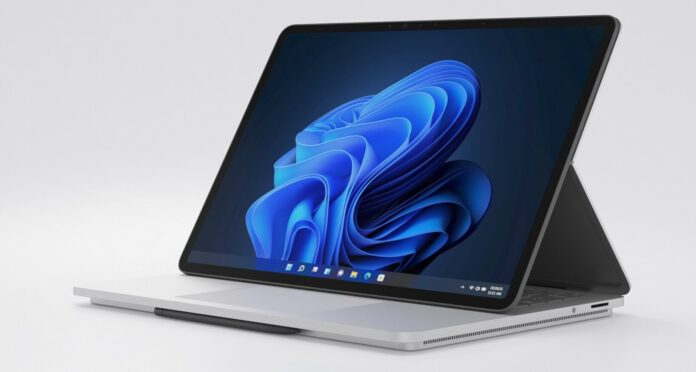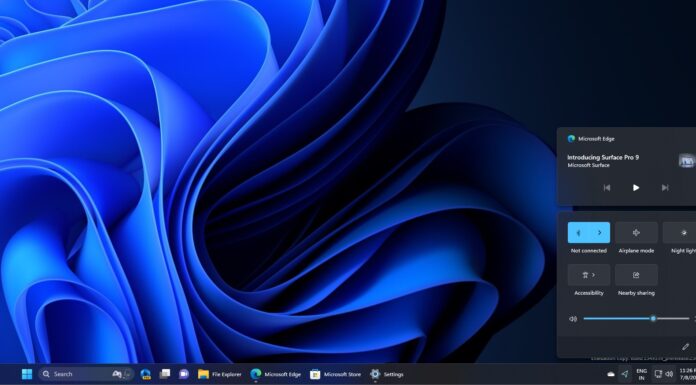Windows 11 KB5025239, a mandatory security patch, is causing issues for some users. The problems range from File Explorer (explorer.exe) crashes to icons disappearing from the desktop to performance issues and even SSD slowdown.
This article is based on user reports received by Windows Latest via emails and comments and posts on Reddit and Microsoft’s own Feedback Hub.
Reports indicate that these problems are not widespread. Some of the issues that users have reported include problems with third-party UI customization apps, bugged-out Windows Security, SSD speed issues, unresponsive desktop icons, and navigation menu bugs, among others.
We have received multiple comments on our forum and emails from readers confirming severe performance issues similar to what was observed in the previous update. Users told us they are experiencing longer boot times, slower SSD performance after installing the latest updates (KB5025239, KB5025224).
Here’s a list of all problems in the latest update:
- SSD performance issues cause slower boot times.
- Windows Security app interface is broken, and it incorrectly reports that TPM 2.0 is not installed and the device is vulnerable because LSA protection is off when enabled.
- Unresponsive desktop icons or icons disappear and reappear after installing the update.
- Windows Update stuck or fails with unhelpful error messages.
- Issues with File Explorer, taskbar and Task Manager.
- BSODs in rare cases.
A growing number of users are complaining that since installing Windows 11’s April 11 cumulative update, released as a mandatory security patch, their devices run slower than usual. Apps, games and the OS itself are much slower. This is likely because the speed of SSDs (solid-state drives) has dropped dramatically.
Other issues include unresponsive desktop icons, navigation menu bugs responding slowly on Task Manager, and the Search bar bug displaying results of apps other than those searched for in Task Manager.
One user reported that the update remained unchanged for hours after 5% installation, and even after pausing the update and deleting the SoftwareDistribution folder, the update still happened in the folder.
The update also affects Windows Security, displaying graphical errors and incorrect TPM information. Despite the recent update, users have also reported that the LSA error is still present.
How to fix KB5025239 issues
We do not believe these issues are widespread and cannot determine how many people are affected by Windows 11 update issues. However, a growing number of users appear to be running into these problems.
Thankfully, it is possible to uninstall the update and fix these issues. If your device has run into problems after Windows 11 April 2023 update, try uninstalling it by following these steps: Open the Start menu, search for Windows Update, and from there, click ‘View Update History’, and click uninstall the update.
Select KB5025239 and click ‘Uninstall’. You’ll need to reboot your PC, which will fix the problems.
Microsoft needs to ramp up its Windows Update testing
Microsoft dreams of a future where cloud and AI will power its desktop operating system, and it will be able to dominate the industry. While Windows continues to be the most popular desktop platform, Microsoft is not doing enough to fix the biggest problems with Windows 11.
Bing AI on the search bar or ads in the Start menu do not help when bugs are skittering in the shadows. An alarming amount of bugs have plagued Windows as a service. Windows is updated regularly, and Microsoft has been holding the upgrades for a considerable time to minimize the issues.
The company’s approach to Windows Update has been cautious lately. The monthly cumulative updates are still afflicted by some hiccups which are likely to be present in a complex operating system like Windows, but some bugs are ruining the company’s reputation.
While Windows updates can fix long-standing minor bugs, they often introduce new issues that require additional updates to address. Unfortunately, this can lead to a never-ending cycle of fixing one problem only to create another.





















